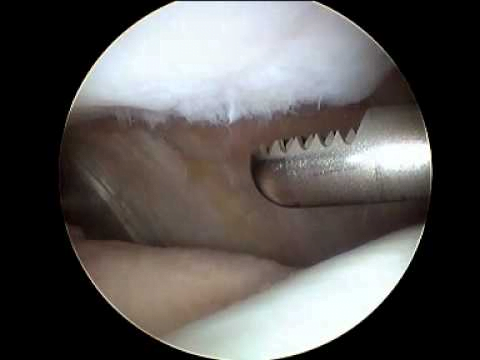Cartilage Restoration
What is it and how is it performed?
Cartilage Restoration Overview
The lining of our joints are covered in a thick layer of cartilage that allows smooth and pain-free motion. Overtime or secondary to injury, the articular cartilage can become damaged and allow the underlying bone to become exposed. Cartilage damage can cause increased pain, catching/locking, crepitus, and joint swelling. For these localized cartilage lesions, there are many forms of treatment available to preserve the joint, return to an active lifestyle, improve function, and reduce pain without discussion of joint replacement.
Cartilage Restoration is a procedure where a patient’s knee is resurfaced, realigned and stabilized. It is used as an alternative method of treatment to a total knee replacement. Cartilage restoration is especially effective in patients who are active and under 50 years of age.
The two most common types of cartilage restoration:
ACI (Autologous Chondrocyte Implantation):
ACI is indicated for larger areas of full thickness cartilage loss and requires two surgeries. First, we arthroscopically harvest normal cartilage cells from one area of the knee not needed. The second surgery is an open surgery where we implant the cartilage cells back into the knee to repair the damaged area.
Osteochondral Transplant:
Cartilage and bone transplants are indicated when the damaged area is very large, if there is a failure of one of the other techniques, or if the bone is also injured along with the cartilage. This is when cartilage and bone plugs are harvested from either an uninjured non-weight bearing area of the knee and then transplanted to cover the injured area of bone and cartilage.
Recovery varies but can take 2-3 months before weight-bearing activities can be pursued.

Arthroscopic chondroplasty
